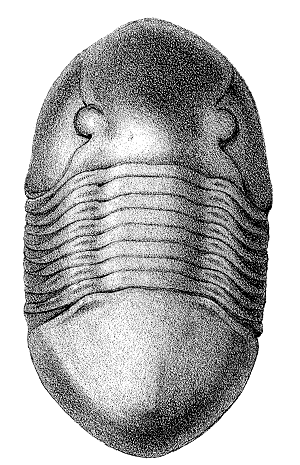PETROGRAPHY OF THE TRENTON AND BLACK RIVER GROUP CARBONATE ROCKS IN THE APPALACHIAN BASIN
MICROFACIES AND DEPOSITIONAL ENVIRONMENTS
All of the principal carbonate rock types occur in the Trenton
and Black River Formations of the Appalachian basin. The depositional texture
of the original limestones correlate directly to the sedimentary environments
of the carbonate ramp on which the various rock types accumulated. Tidal flat
and lagoonal limestones mostly consist of mudstone and wackestone, with thin
packstone/grainstone deposits that collected within tidal channels. These
rocks were deposited in peritidal settings as low-energy, shallowing-upward
successions and thick lagoonal successions. Although less common, some grainstones
and packstones accumulated as high-energy shallowing upward successions deposited
as beach carbonates in the peritidal settings too.
Subtidal deposits include boundstones, grainstones, packstones,
wackestones, and mudstones deposited in both shallow and deeper carbonate
ramp setting. Rocks that formed above wave base on the shallow ramp include
hardground-bounded, amalgamated grainstone, and grainstone-capped high energy
shoaling successions. Skeletal packstone/wackestone - mudstone successions,
also bound by well-developed hardgrounds, formed on the deeper ramp below
fair-weather wavebase. Graded carbonate beds - tempestites and turbidites
- accumulated in slope and basin margin environments. These consist of upward-fining
grainstone/packstone and wackestone/mudstone couplets separated by siliciclastic
shales. The carbonate materials were introduced from the carbonate ramp, while
the shales came from the Taconic highlands and volcanic arc along the southeast
margin of Laurentia (Pope and Steffens, 2003).
to top


